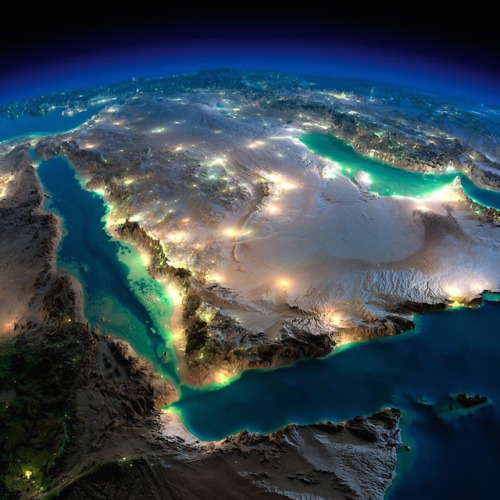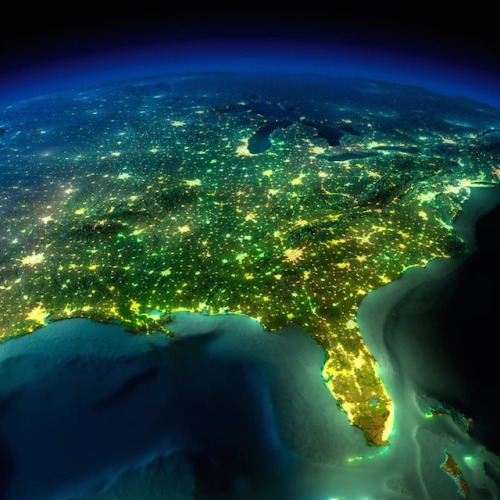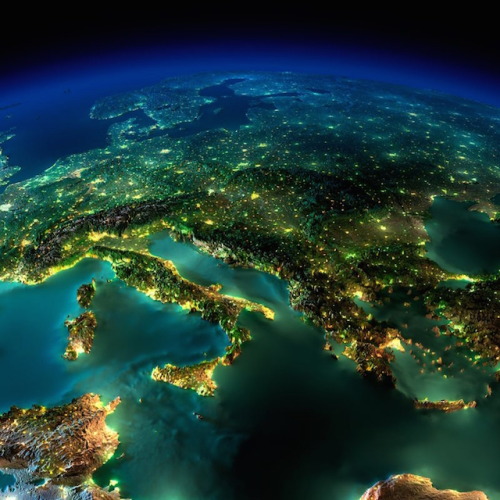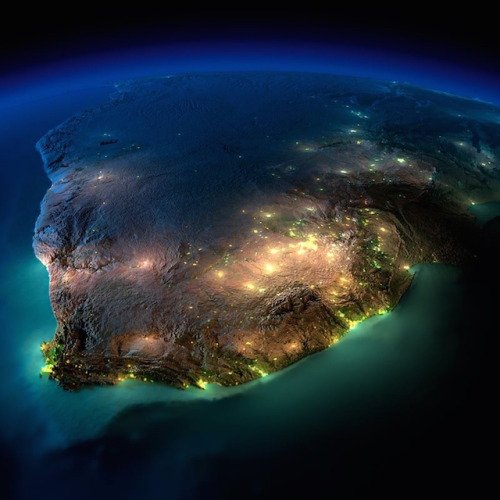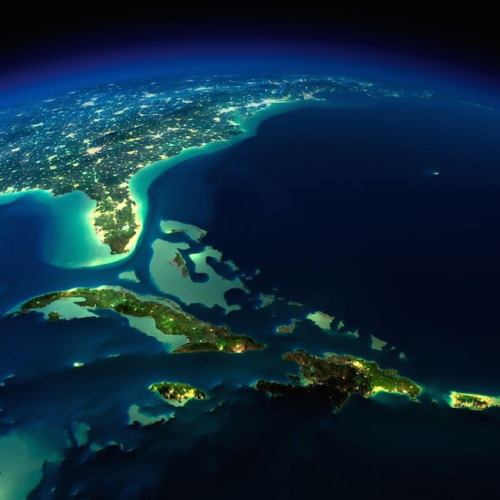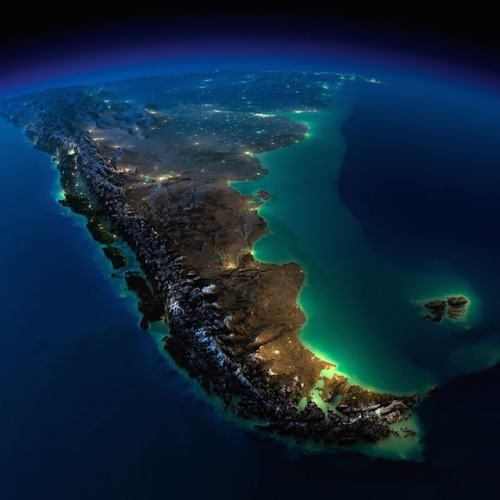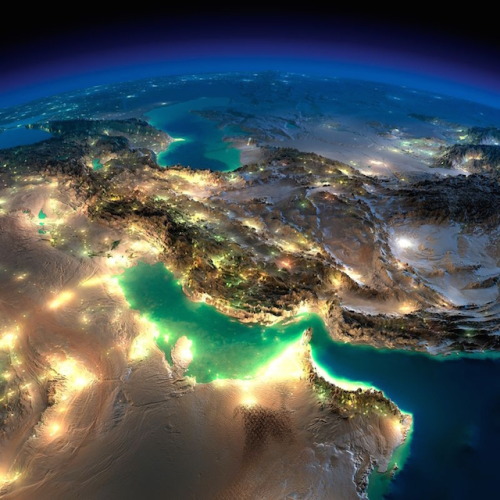Bioshock Infinite Is About To Become Reality
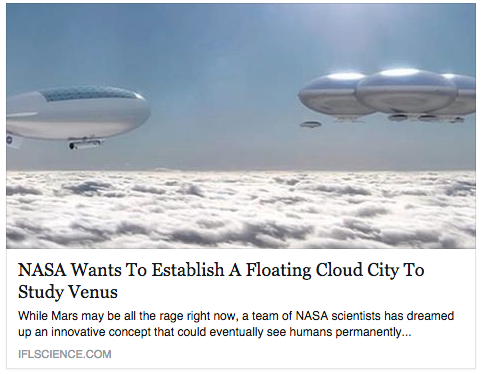
bioshock infinite is about to become reality
More Posts from Maevetheeuropan and Others
this website pisses me off, everyones always like “space is so cool!” not its not, space is bullshit and i hate everything about it, i genuinely just saw the phrase “a black hole with a mass two billion times the mass of the sun” im so pissed off, shut the fuck up, dont patronise me scientists you know i dont know what the fuck that means, my sad little brain cant comprehend the mass of one sun let alone two fucking billion, i cant even count past 10 without getting confused and youre out here talking about the mass of two billion fucking suns, shut the hell up. and dont even get me started about black holes or the expansion of the universe because thats another two seperate rants entierly. oh and apparently theres a planet made of ice except the ice is also on fire??? yeah sure fucking thing, scientists. and this is just the shit i know about. i purposely dont research space because it pisses me off so much, god knows what other fucking bullshit exists out there that ive yet to read a fucking wikipedia article about. i dont think space is real, literally everything about space is so fucking fake, this is just some elaborate fucking practicle joke. two billion times the mass of the sun, fuck you

You Can Now Access All Of NASA’s Research Online For Free
Geeks and wannabe astronauts rejoice – NASA has announced they’re making all their research publicly available on a new online portal.
The new site PubSpace will put up any research or data that NASA has funded within one year of publication. That also includes any peer-reviewed scholarly journals and papers, which are often barred by paywalls.
“At NASA, we are celebrating this opportunity to extend access to our extensive portfolio of scientific and technical publications,” NASA Deputy Administrator Dava Newman said in a press release. “Through open access and innovation we invite the global community to join us in exploring Earth, air and space.”
The pledge is in light of the government’s request to make science agencies more transparent and accessible. NASA hopes this increased public access accelerates the spread of information, fosters interest, and ultimately advances scientific knowledge.
The European Union recently said they also hope to make all of their scientific research free and accessible by 2020.
“Making our research data easier to access will greatly magnify the impact of our research,” said NASA Chief Scientist Ellen Stofan. “As scientists and engineers, we work by building upon a foundation laid by others.”
You can check it all out here: https://www.nihms.nih.gov/db/sub.cgi
~ IFL Science

The Exoplanetary Menagerie
Today a massive discovery was announced: 39 light years away in the TRAPPIST-1 star system seven terrestrial planets all orbit extremely close to each other.
…and three are well within their star’s “habitable zone”.
TRAPPIST-1 is an ultra-cool dwarf star. Because its temperature is so much lower than a typical star like the sun (it’s roughly 2550 K while the sun’s 5772 K) planets are able to orbit much closer than they could in our Solar System and sustain habitable conditions. All seven of the discovered exoplanets orbit closer to TRAPPIST-1 than Mercury does to the sun.
Of the different planets discovered, one is immensely Earthlike, having a similar size and receiving roughly the same amount of light as Earth. This place could be a whole lot more like home than anything we’ve found yet. Another planet is a potential water-world, getting about as much light as does Mars (with an atmosphere, yes, it could be a liquid water world).
So close do these planets all orbit near to each other that if you were to go to one and look up, you could see the other planets in the sky above you… and they’d be as big as *or larger than the Moon is in our sky*. It must be one of the most beautiful sights.
So what’s the big deal right? NASA’s already found over 3000 exoplanets - what makes these ones special?
A few remarkable things:
One, TRAPPIST-1 is a member of the M-class stars - stars which make up 70% or so of all the stars out in the Milky Way. Knowing that such stars can host magnificent habitable planetary systems means the search for life just got blown wide open to 70% of the stars in our galaxy.
Two, though 39 light years seems far, this is actually unimaginably close. We’re basically neighbors. The fact that TRAPPIST-1 is so close means that astronomers will be able to subject this place to decades of intense research.
As NASA begins to turn space telescopes such as Hubble, Kepler and Spitzer on TRAPPIST-1, I think we’ll be hearing a lot more from it soon.
Before you go, please consider joining the Planetary Society. If TRAPPIST-1 intrigues you, just wait until you see what else we have happening.
At the Planetary Society we have a radio show with some of the most groundbreaking material to include exoplanet hunters, engineers designing interstellar missions and interviews with astronauts. Most important though, we go to D.C. and make sure the politicians continue funding NASA and space science, and we reach out to people and try to show them what could be.
On that note, here are some artist conceptions of the TRAPPIST-1 star system and what could be:





So good job to the team that made this discovery (especially lead author Michaël Gillon) and I can’t wait to learn more about this place soon.
(Image credit: NASA-JPL/Caltech, NASA/JPL-Caltech/R. Hurt (IPAC), NASA/JPL-Caltech/T. Pyle (IPAC), NASA/JPL-Caltech/R. Hurt (IPAC), ESO/M. Kornmesser and NASA-JPL/Caltech respectively)
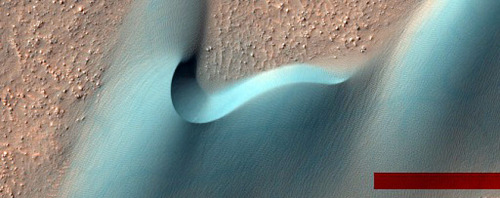
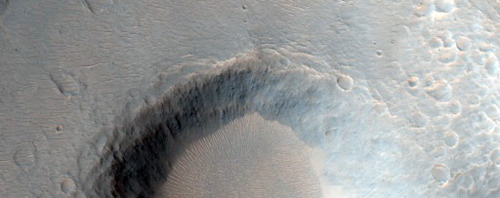
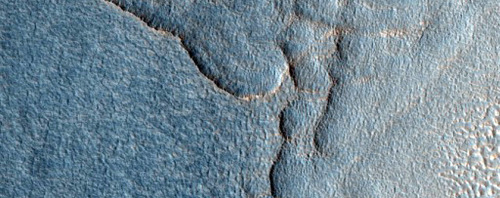
New HiRISE Images
NASA’s HiRISE mission has just released an amazing swathe of new images of the Martian surface.
This mission’s a personal favorite as their images have been detailing Mars in an almost “Google Earth” manner of beauty. From the Martian sky you can see the dunes, craters and other features that litter the landscape, revealing the clues that detail the mysterious story of Mars.
See the images here!
(Image credit: NASA/JPL/University of Arizona)

For American science, the next four years look to be challenging. The newly inaugurated President Trump, and many of his Cabinet picks, have repeatedly cast doubt upon the reality of human-made climate change, questioned the repeatedly proven safety of vaccines. Since the inauguration, the administration has already frozen grants and contracts by the Environmental Protection Agency and gagged researchers at the US Department of Agriculture. Many scientists are asking themselves: What can I do?
And the answer from a newly formed group called 314 Action is: Get elected.

The organization, named after the first three digits of pi, is a political action committee that was created to support scientists in running for office. It’s the science version of Emily’s List, which focuses on pro-choice female candidates, or VoteVets, which backs war veterans. “A lot of scientists traditionally feel that science is above politics but we’re seeing that politics is not above getting involved in science,” says founder Shaughnessy Naughton.
“We’re losing, and the only way to stop that is to get more people with scientific backgrounds at the table.”
(Continue Reading)
Solar System: Things to Know This Week
Almost every day, we receive a message from a spacecraft more than 10.6 billion miles (about 17 billion km) away.
At that unimaginable distance, it takes the radio signal almost 16 hours to arrive. The spacecraft is Voyager 2, which launched 40 years ago this month. It’s still operating, sending back dispatches from the dark reaches well beyond the orbit of Pluto. Even now, scientists are still actively exploring the outer boundaries of the solar system using Voyager 2, decades after its “Grand Tour” of the giant planets Jupiter, Saturn, Uranus and Neptune revealed their splendors like never before. This week, we recall 10 highlights from one of the most epic voyages in human history.
1. A Journey of 10 Billion Miles Begins With the First Step

Voyager 2 set out from Earth on Aug. 20, 1977. Even though it launched before its twin spacecraft, Voyager 1, it carried the ‘2’ moniker because mission planners knew its trajectory would bring it to Jupiter after Voyager 1’s arrival there.
2. The Grand Tour
Voyager 2’s trajectory was special because it took advantage of a rare orbital alignment to fly by all four gas giant planets: Jupiter, Saturn, Uranus and Neptune. It was the first, and so far the only, spacecraft to carry out a close-up reconnaissance of Uranus and Neptune.
3. Not-So-Gentle Giant
Voyager 2 flew by Jupiter in April 1979, capturing striking images of the planet’s volcanic moon Io and its violent storms larger than the entire Earth.
4. Saturn’s Not the Only One

Jupiter has its own ring system, and Voyager 2 provided the first pictures.
5. An Ocean Under Ice
During its Jupiter encounter, Voyager 2 obtained close-up looks at Jupiter’s moon Europa, including linear cracks and other features which first led scientists to realize Europa probably hides a vast sea of liquid water beneath an icy shell, the first known world outside Earth that could have an ocean.
6. Ringworld, the Prequel
Voyager 2 zoomed through the Saturn system in August 1981. It saw hints of mysterious features that the Cassini mission would later reveal in stunning detail, including Enceladus, with its bright surface that suggested geologic activity, and Saturn’s intriguing hexagonal jet stream.
7. Swiftly by a Tilted Planet
In January 1984, Voyager offered humanity its first detailed look at the seventh planet, Uranus, the only one tilted on its side relative to the Sun. Voyager images revealed 11 new moons, including Juliet, Puck, Cressida, Rosalind and Ophelia. The moon Miranda presented a bizarre landscape that left scientists debating its origins for years. Voyager also captured views of the planet’s lacy rings, and found that it is the coldest in the solar system, at minus 353 degrees Fahrenheit (59 Kelvin).
8. In Neptune’s Blue Realm

After picking up a gravitational speed boost at each previous planetary encounter, by the time Voyager reached Neptune it shot through the entire system of Neptunian rings and moons in a matter of hours. Voyager saw a titanic storm in Neptune’s windy atmosphere, discovered new moons, and revealed active geysers erupting on Triton’s frigid surface.
9. Postcards From the Edge
Although their cameras are no longer functioning, other key scientific instruments on board both Voyager spacecraft are still collecting data. Voyager 1 is exploring the boundary between the Sun’s realm and interstellar space. Voyager 2 hasn’t traveled quite as far. In September 2007, it crossed the termination shock (where the speed of the solar wind of charged particles drops below the speed of sound) at a point about 84 Astronomical Units from the Sun (more than twice the distance to Pluto). See https://go.nasa.gov/2uwrndb
10. Ride Along
Voyager’s mission is far from over. Engineers estimate the spacecraft will have enough power to operate into the mid-2020s. You can ride along at www.jpl.nasa.gov/voyager, or by following @NASAVoyager on Twitter and by downloading our free 3-D space simulation software, Eyes on the Solar System at eyes.nasa.gov.

One more thing: Inspired by the messages of goodwill carried on Voyager’s Golden Record, you’re invited to send a short, uplifting message to Voyager and all that lies beyond it via social media. With input from the Voyager team and a public vote, one of these messages will be selected for us to beam into interstellar space on Sept. 5, 2017—the 40th anniversary of Voyager 1’s launch. Post your message on social media with the tag #MessageToVoyager by Aug 15. Details: www.jpl.nasa.gov/voyager/message/
Make sure to follow us on Tumblr for your regular dose of space: http://nasa.tumblr.com
Getting to Mars: What It’ll Take
Join us as we take a closer look at the next steps in our journey to the Red Planet:
The journey to Mars crosses three thresholds, each with increasing challenges as humans move farther from Earth. We’re managing these challenges by developing and demonstrating capabilities in incremental steps:
Earth Reliant

Earth Reliant exploration is focused on research aboard the International Space Station. From this world-class microgravity laboratory, we are testing technologies and advancing human health and performance research that will enable deep space, long duration missions.
On the space station, we are advancing human health and behavioral research for Mars-class missions. We are pushing the state-of-the-art life support systems, printing 3-D parts and analyzing material handling techniques.
Proving Ground

In the Proving Ground, we will learn to conduct complex operations in a deep space environment that allows crews to return to Earth in a matter of days. Primarily operating in cislunar space (the volume of space around the moon). We will advance and validate the capabilities required for humans to live and work at distances much farther away from our home planet…such as at Mars.
Earth Independent

Earth Independent activities build on what we learn on the space station and in deep space to enable human missions to the Mars vicinity, possibly to low-Mars orbit or one of the Martian moons, and eventually the Martian surface. Future Mars missions will represent a collaborative effort between us and our partners.

Did you know….that through our robotic missions, we have already been on and around Mars for 40 years! Taking nearly every opportunity to send orbiters, landers and rovers with increasingly complex experiments and sensing systems. These orbiters and rovers have returned vital data about the Martian environment, helping us understand what challenges we may face and resources we may encounter.

Through the Asteroid Redirect Mission (ARM), we will demonstrate an advanced solar electric propulsion capability that will be a critical component of our journey to Mars. ARM will also provide an unprecedented opportunity for us to validate new spacewalk and sample handling techniques as astronauts investigate several tons of an asteroid boulder.
Living and working in space require accepting risks – and the journey to Mars is worth the risks. A new and powerful space transportation system is key to the journey, but we will also need to learn new ways of operating in space.
We Need You!

In the future, Mars will need all kinds of explorers, farmers, surveyors, teachers…but most of all YOU! As we overcome the challenges associated with traveling to deep space, we will still need the next generation of explorers to join us on this journey. Come with us on the journey to Mars as we explore with robots and send humans there one day.
Join us as we go behind-the-scenes:
We’re offering a behind-the-scenes look Thursday, Aug. 18 at our journey to Mars. Join us for the following events:
Journey to Mars Televised Event at 9:30 a.m. EDT Join in as we host a conversation about the numerous efforts enabling exploration of the Red Planet. Use #askNASA to ask your questions! Tune in HERE.
Facebook Live at 1:30 p.m. EDT Join in as we showcase the work and exhibits at our Michoud Assembly Facility. Participate HERE.
Hot Fire Test of an RS-25 Engine at 6 p.m. EDT The 7.5-minute test is part of a series of tests designed to put the upgraded former space shuttle engines through the rigorous temperature and pressure conditions they will experience during a launch. Watch HERE.
Make sure to follow us on Tumblr for your regular dose of space: http://nasa.tumblr.com

in 20-70 million years, Mars’ moon Phobos will get close enough to the surface of the planet that it will be ripped apart by the tidal forces. The resulting debris will most likely give Mars a planetary ring.
Fae rogue

I’m a demon arcanist and I’m okay with that.
-
 daengeli liked this · 1 month ago
daengeli liked this · 1 month ago -
 jedistranger reblogged this · 1 month ago
jedistranger reblogged this · 1 month ago -
 galaxy-herald reblogged this · 1 month ago
galaxy-herald reblogged this · 1 month ago -
 darklycola liked this · 3 months ago
darklycola liked this · 3 months ago -
 obsidianbit reblogged this · 4 months ago
obsidianbit reblogged this · 4 months ago -
 lightspeed777 reblogged this · 4 months ago
lightspeed777 reblogged this · 4 months ago -
 lightspeed777 liked this · 4 months ago
lightspeed777 liked this · 4 months ago -
 ghostjellyfishheart reblogged this · 4 months ago
ghostjellyfishheart reblogged this · 4 months ago -
 blackphoebee liked this · 4 months ago
blackphoebee liked this · 4 months ago -
 kingamerica reblogged this · 4 months ago
kingamerica reblogged this · 4 months ago -
 eightbowlsofspaghetti liked this · 4 months ago
eightbowlsofspaghetti liked this · 4 months ago -
 villalunae reblogged this · 4 months ago
villalunae reblogged this · 4 months ago -
 dadbog liked this · 4 months ago
dadbog liked this · 4 months ago -
 falseficus liked this · 4 months ago
falseficus liked this · 4 months ago -
 nexusbionics02 liked this · 4 months ago
nexusbionics02 liked this · 4 months ago -
 randox-talore reblogged this · 4 months ago
randox-talore reblogged this · 4 months ago -
 eatinggods liked this · 4 months ago
eatinggods liked this · 4 months ago -
 lunaaaah reblogged this · 4 months ago
lunaaaah reblogged this · 4 months ago -
 lunaaaah liked this · 4 months ago
lunaaaah liked this · 4 months ago -
 midnightlighthowlite reblogged this · 4 months ago
midnightlighthowlite reblogged this · 4 months ago -
 midnightlighthowlite liked this · 4 months ago
midnightlighthowlite liked this · 4 months ago -
 pikarasaaa liked this · 4 months ago
pikarasaaa liked this · 4 months ago -
 thomasdimensor reblogged this · 4 months ago
thomasdimensor reblogged this · 4 months ago -
 thomasdimensor liked this · 4 months ago
thomasdimensor liked this · 4 months ago -
 faunina reblogged this · 4 months ago
faunina reblogged this · 4 months ago -
 5depressedraccoons liked this · 4 months ago
5depressedraccoons liked this · 4 months ago -
 mara-was-naomi liked this · 4 months ago
mara-was-naomi liked this · 4 months ago -
 carebeardean liked this · 4 months ago
carebeardean liked this · 4 months ago -
 fairandfatalasfair reblogged this · 4 months ago
fairandfatalasfair reblogged this · 4 months ago -
 ariannon reblogged this · 4 months ago
ariannon reblogged this · 4 months ago -
 sydliciousss liked this · 4 months ago
sydliciousss liked this · 4 months ago -
 gardenvariety-jester reblogged this · 4 months ago
gardenvariety-jester reblogged this · 4 months ago -
 the-black-dragons-den reblogged this · 4 months ago
the-black-dragons-den reblogged this · 4 months ago -
 timtimtara liked this · 4 months ago
timtimtara liked this · 4 months ago -
 cavalier-prime-allie reblogged this · 4 months ago
cavalier-prime-allie reblogged this · 4 months ago -
 g3n3s1s-l0v3 liked this · 4 months ago
g3n3s1s-l0v3 liked this · 4 months ago -
 proper-goodnight liked this · 4 months ago
proper-goodnight liked this · 4 months ago -
 gaybd1 liked this · 4 months ago
gaybd1 liked this · 4 months ago -
 emrknght2 reblogged this · 4 months ago
emrknght2 reblogged this · 4 months ago -
 andreacsenge reblogged this · 4 months ago
andreacsenge reblogged this · 4 months ago -
 tea-drinking-bitch liked this · 4 months ago
tea-drinking-bitch liked this · 4 months ago -
 feyatsirk liked this · 4 months ago
feyatsirk liked this · 4 months ago -
 ole-to-you-nonetheless reblogged this · 4 months ago
ole-to-you-nonetheless reblogged this · 4 months ago -
 ole-to-you-nonetheless liked this · 4 months ago
ole-to-you-nonetheless liked this · 4 months ago -
 eisthenameofme liked this · 4 months ago
eisthenameofme liked this · 4 months ago -
 serpentinegraphite reblogged this · 4 months ago
serpentinegraphite reblogged this · 4 months ago -
 xchainfreak reblogged this · 4 months ago
xchainfreak reblogged this · 4 months ago -
 papersasquatch liked this · 4 months ago
papersasquatch liked this · 4 months ago -
 legally-not-guilty liked this · 4 months ago
legally-not-guilty liked this · 4 months ago -
 writer-or-whatever reblogged this · 4 months ago
writer-or-whatever reblogged this · 4 months ago
